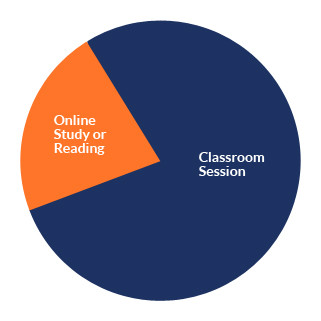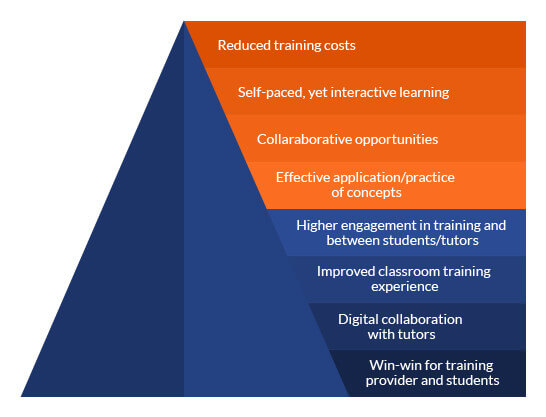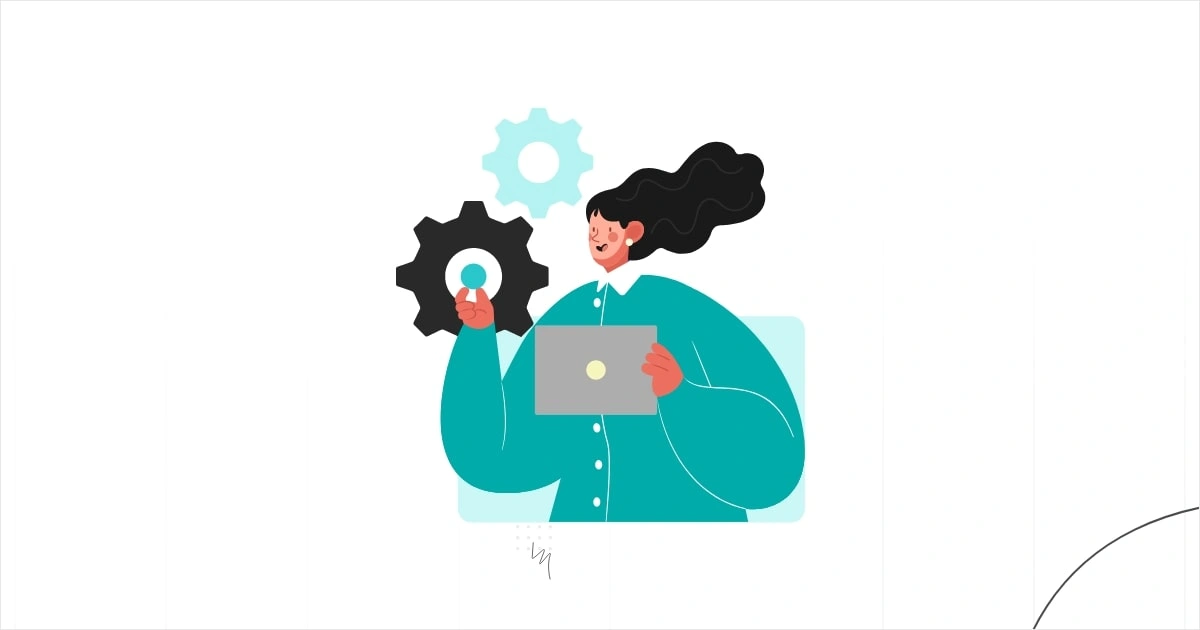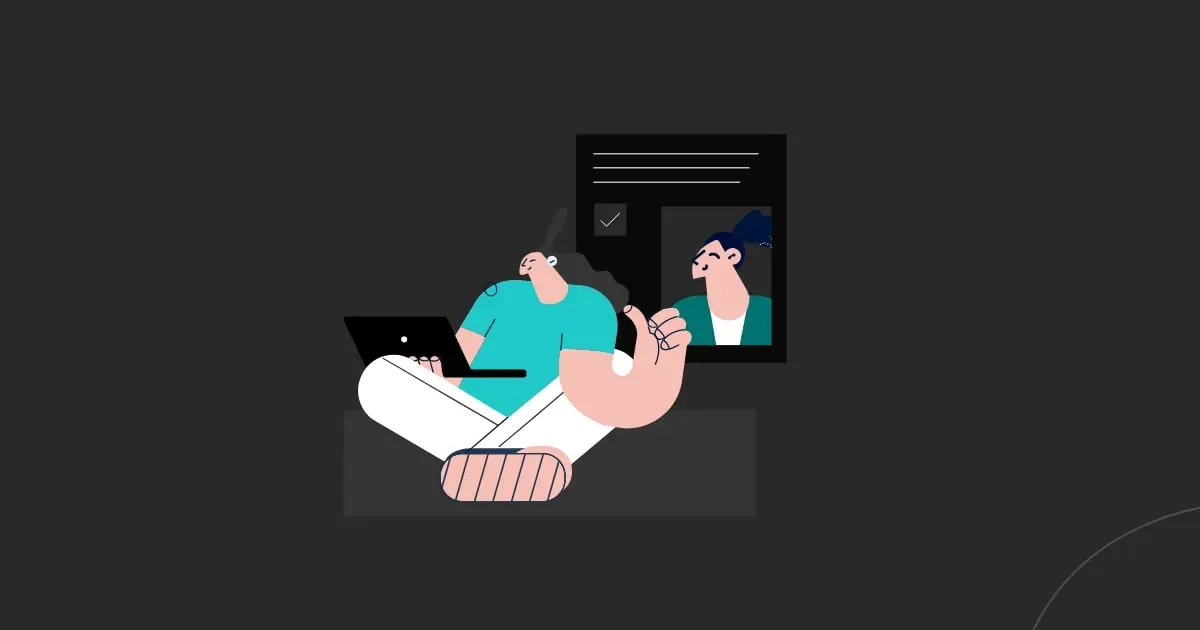What comes to your mind when you hear the term ‘Blended Learning’? It’s not a new term and yet has numerous connotations. Amidst the vast information available today on what it is and what it isn’t, the basic definition says:
“Blended learning is a formal education program in which a student learns at least in part through online delivery of content and instruction with some element of student control over time, place, path, or pace.”
Today, the Internet has taken over as the information bank with tremendous resources available online in the form of books, videos, posts, etc. With a simultaneously booming technology industry, the avenues for online learning are endless. What benefits will blended learning offer compared to elearning training? How can one make the most of the blended approach while providing the optimum learning experience?
Traditionally, a blended approach has meant shifting part of the training to an online media – either as “additional reading” or “a mandatory online reading assignment”. Of course, this approach reduces actual classroom time and contributes highly in reducing overall training costs. From my analysis and research on the forms of training and engagements available today, I believe making some change in the approach can significantly increase cost benefits for the training provider and increase the value of the learning experience for the learner many times over.

Instead of using technology or online tools as a support mechanism for classroom training, what if we use classroom for support?
As part of the training design, the students access lessons via online training, videos, podcasts, etc. before the classroom session. The in-class session can then be used for more engaging activities like discussions, role-plays, practice exercises etc. that will help the students apply their learning. In-class sessions can also be used to cover advanced concepts. In short, they learn at their own pace independently and apply the learning in a classroom environment. Since most of the training will be self-paced, all benefits of elearning rollouts can be utilized. At the same time, the in-person connection allows the students to engage with fellow students and tutors. They can also practice the concepts they’ve learned.
Some key benefits include:

This approach of blended learning is also being referred to as ‘Flipped Learning’ or ‘Flipped Classrooms’.
How can you change your training design to flip the classroom training experience?



